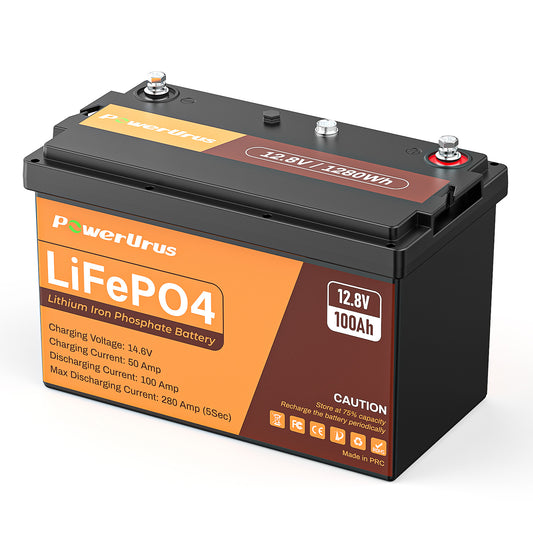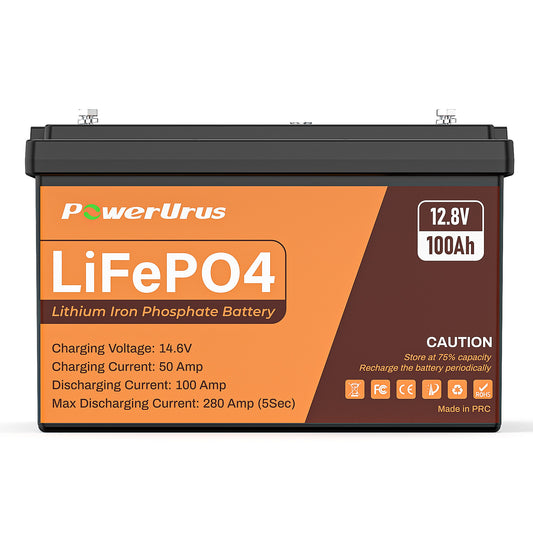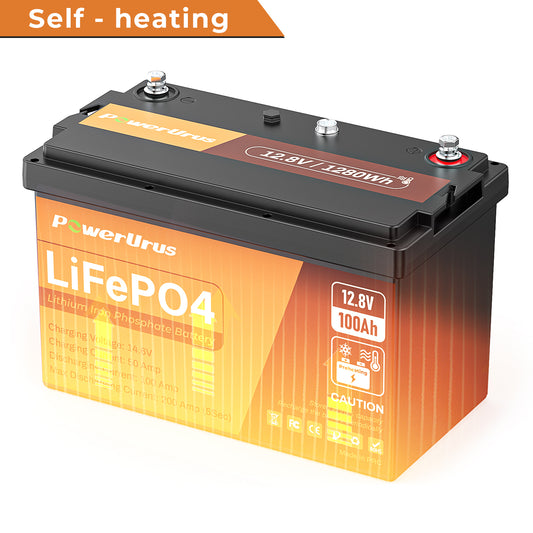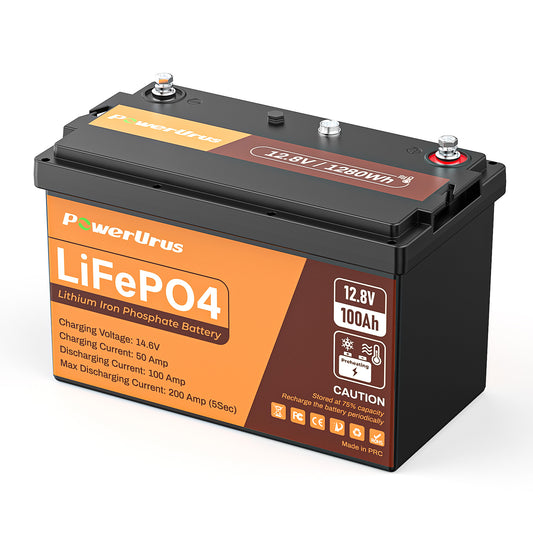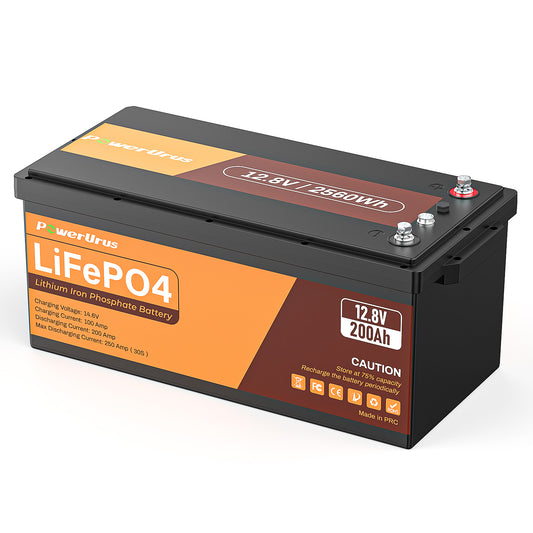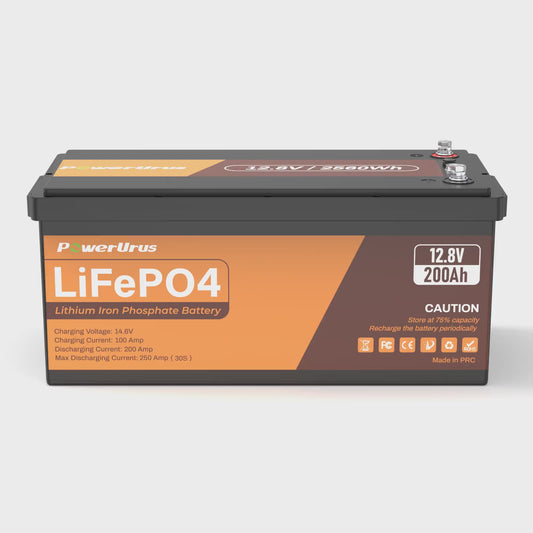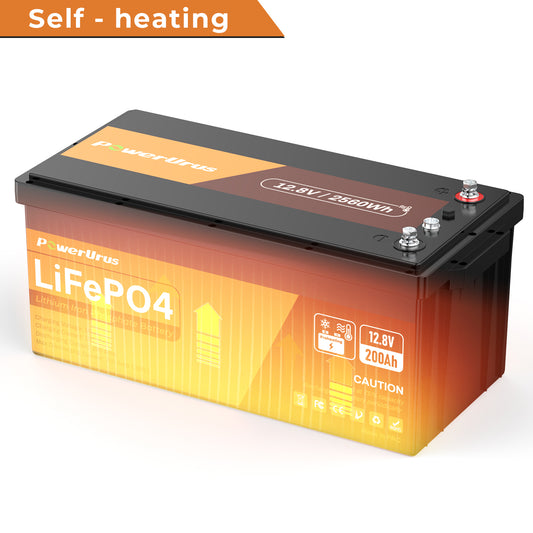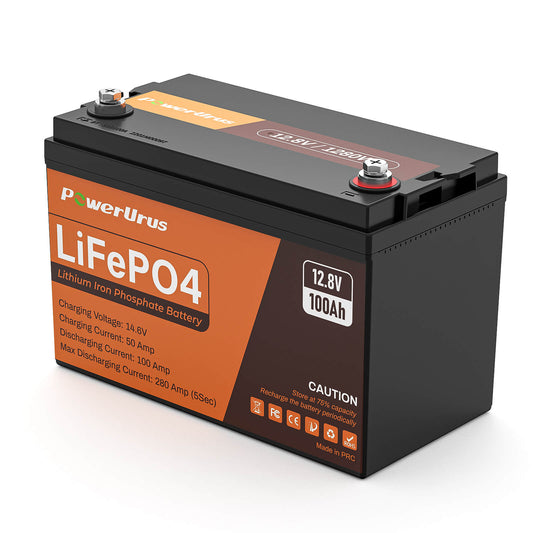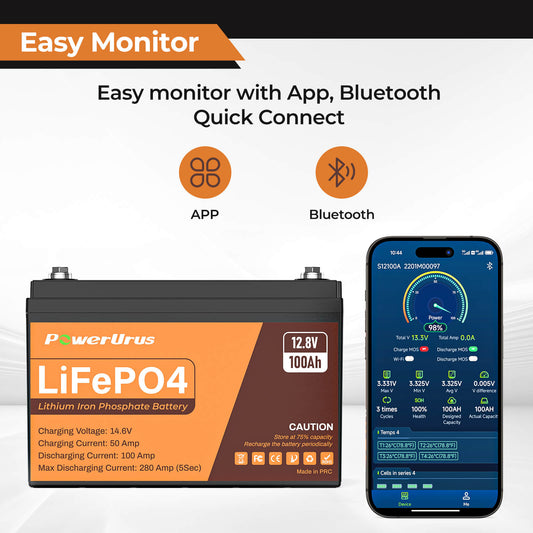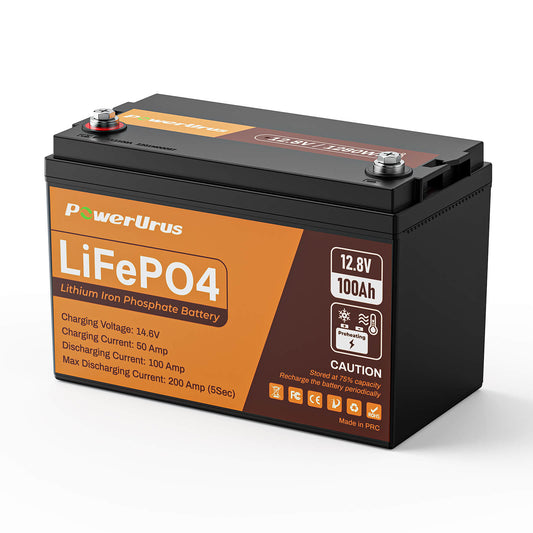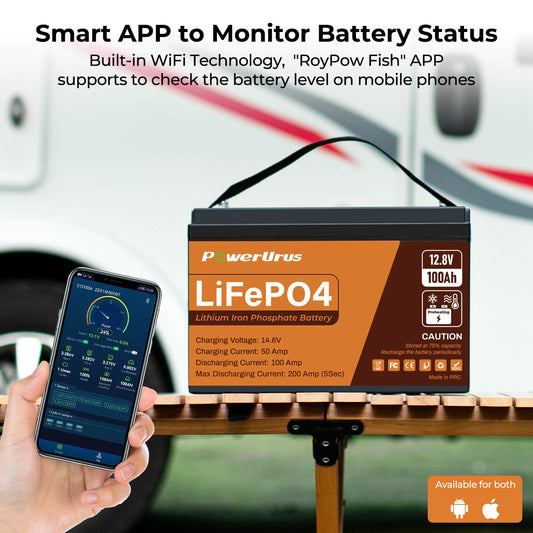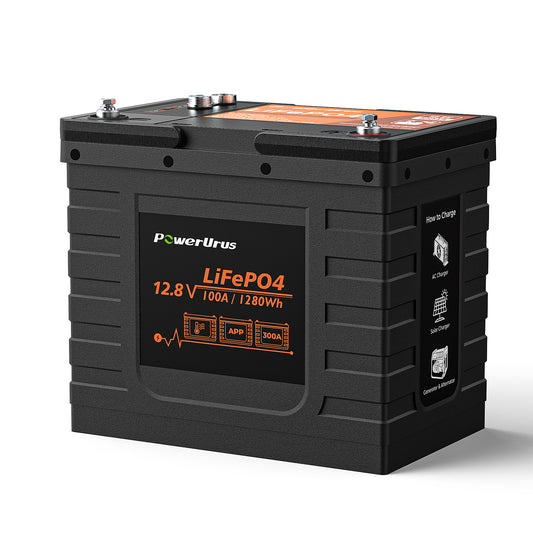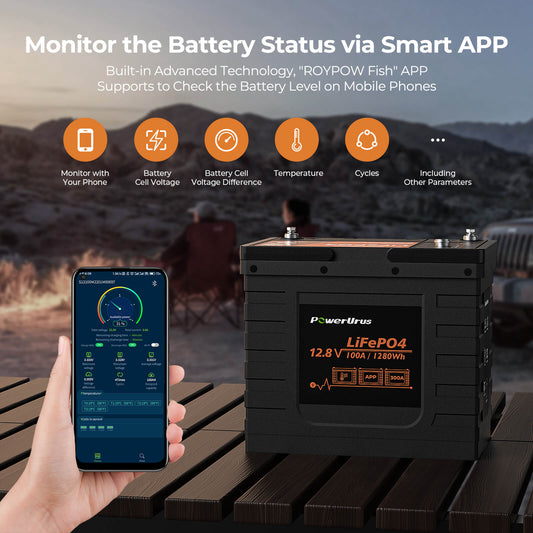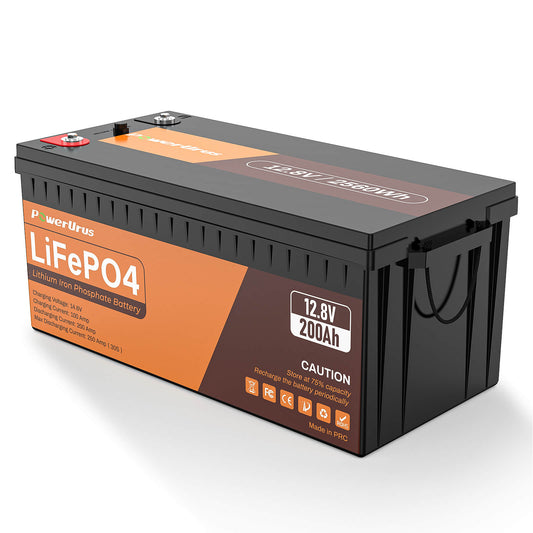10 Must-Learn Tips to Extend the Life of Golf Cart Batteries
Proper maintenance is key to maximizing golf cart battery lifespan. Here are actionable strategies backed by industry expertise and real-world testing:
1. Monthly Balanced Charging
Balance charging resets cell voltage discrepancies in lead-acid batteries. Use a smart charger with equalization mode for 1–2 hours monthly to prevent sulfation and restore full capacity. For lithium batteries, ensure the BMS automatically balances cells during charging.
2. Monitor Electrolyte Density
Adjust specific gravity (1.265–1.299 at 25°C) seasonally:
Summer: Lower density (1.25–1.26) to reduce water loss.
Winter: Increase to 1.28–1.30 for better cold cranking performance. Use a refractometer for accuracy.
3. Avoid Long-Term Idle Discharge
Batteries lose 3–5% charge monthly. For stored carts:
Lead-acid: Start the vehicle weekly and charge to 50–70% SOC to prevent sulfation.
Lithium: Maintain 30–50% SOC and disconnect terminals if unused for >3 months.
4. Control Charging Time
Avoid under/overcharging
Lead-acid: Limit to 8–10 hours (80% SOC). Deep discharges (>50%) require immediate recharge.
Lithium: Fast-charge to 90% in 2–3 hours, then trickle-charge to 100%.
5. Prevent High-Temperature Exposure
Heat accelerates degradation:
Store batteries in 20–25°C environments. Above 40°C reduces lifespan by 50%.
Install active cooling fans for carts used in hot climates.
6. Avoid High-Current Discharges
Sudden acceleration or steep climbs strain batteries:
Keep discharge current <0.5C (e.g., ≤75A for 150Ah batteries).
Use lithium batteries with 3C discharge rates for hilly terrains.
7. Use Dedicated Chargers
Mismatched chargers cause irreversible damage:
Lead-acid: Select chargers with 3-stage profiles (bulk/absorption/float).
Lithium: Opt for CC-CV protocols with temperature compensation.
8. Clean Terminals Monthly
Corrosion increases resistance by 30%:
Disconnect terminals, scrub with baking soda solution, and apply anti-corrosion gel.
9. Regular Capacity Tests
Detect aging batteries early:
Perform load tests every 6 months. Replace if capacity drops below 80%.
Use battery analyzers to identify weak cells in series packs.
10. Winterize Batteries
Cold weather reduces efficiency:
Insulate battery compartments with thermal blankets below 0°C.
Charge to 100% before freezing temperatures to prevent electrolyte freezing.
Real-World Case
A Florida golf course extended lead-acid battery life from 2 to 4 years by implementing monthly balanced charging and avoiding discharges below 40% SOC.
By integrating these tips—from voltage management to seasonal adjustments—you can boost battery ROI while minimizing downtime. For lithium systems, prioritize BMS-enabled solutions to automate critical safeguards.

